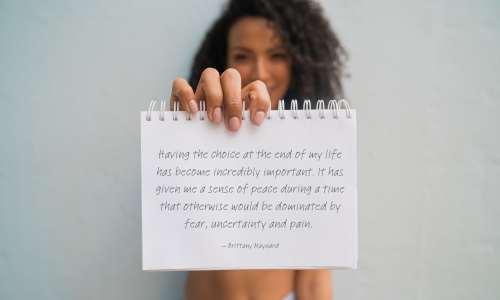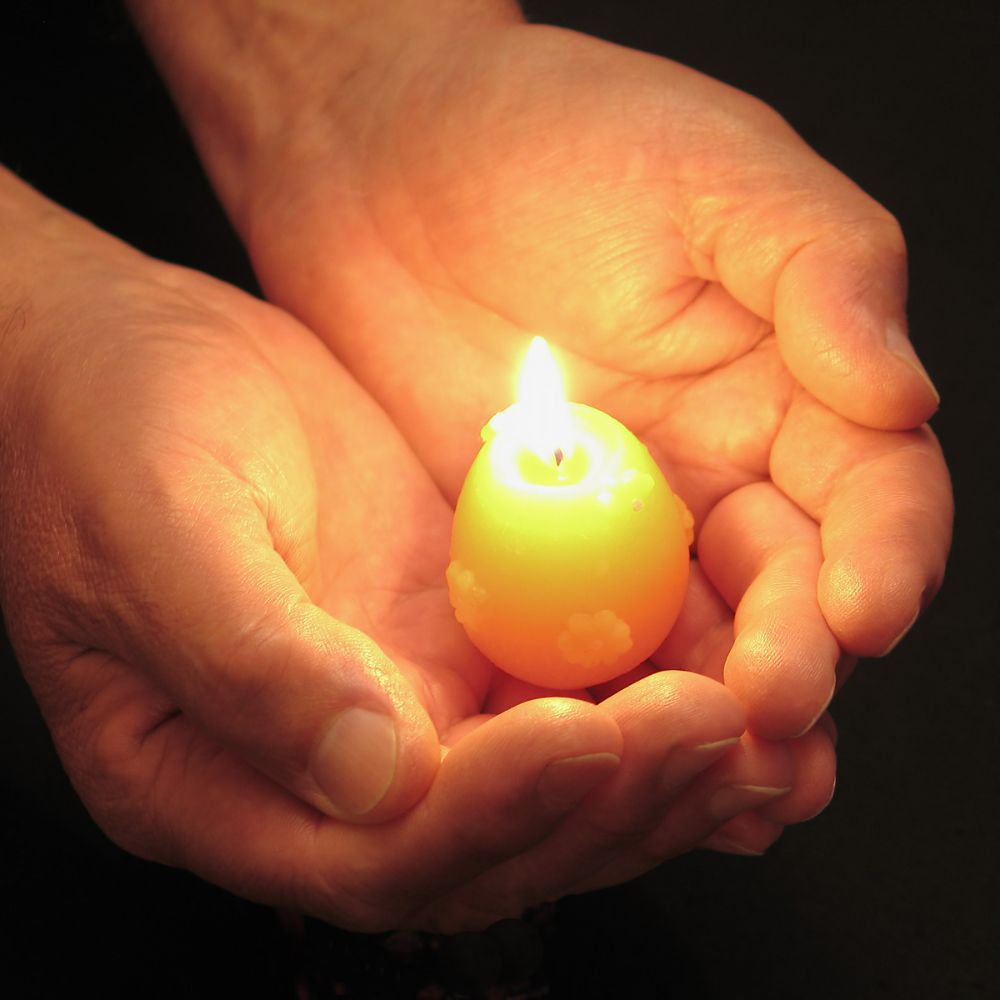"There's something about death that is comforting. The thought that you could die tomorrow frees you to appreciate your life now."
– Angelina Jolie
Angelina Jolie's quote conveys a beautiful idea: considering death in advance can be freeing for you and your loved ones. To take it a step further, preparing for death before you think you need to can be a wonderful gift to yourself and everyone around you because, when you're prepared, there's no need for panic and unnecessary drama to interfere with the ability to do what's necessary in the moments after death. What's the best way to prepare for the one thing nobody can avoid? Create a death binder or a digital death file, and let your trusted loved ones know where to find it when they need it.
What Is an In-Case-Of-Death Binder?
A death binder is literally a folder that holds every important piece of information about your life, from your birth certificate to your will and everything in between. It should include financial accounts, creditors, deeds, titles, life insurance, social media profiles, etc., and all their passwords. It can also include pre-planned funeral or memorial service arrangements, which are additional ways to help set your family up for a less stressful time in the event of your passing.
If you prefer not to have a paper version and choose to go digital, you can instead create an in-case-of-death folder and save it to a thumb drive or on a computer that a loved one could easily access. If you have already established an estate executor or have a lawyer, you can share it with them, too.
A death binder doesn't have to be a plain three-ring binder filled with documents and lacking personality. If you're the creative type, make it a reflection of you! Whether you decorate it with calligraphy, stickers, or drawings, or you simply use your favorite-colored paper for printing, it's okay to jazz it up. Your creativity now could help your loved ones smile later.
Keep in mind that a death folder is not a one-and-done item. If any of your important information changes – for example, if you update your will – you will need to update the folder to reflect that. It's a good idea to revisit it annually to make sure all your information is still up to date.

Death Binder Checklist
So, what should you include in a death binder? Anything that your loved ones might need to know when you pass – from who your beneficiaries are to how to access your financial accounts to execute your estate and avoid probate. Here's a list of the essentials, but you may have other items that are unique to your situation that should be in it, too.
- Important life documents: These are the items that highlight major points in your life, such as your birth certificate, social security card, marriage certificate, divorce decree, military discharge, and any other documentation of big life events.
- Life insurance policy: If you have any sort of policy that pays out upon your death, a copy of that policy should be included.
- End-of-life healthcare preferences: Are you an organ donor? Do you have a preference for resuscitation? Have you assigned a healthcare proxy? You should include all of this information in your death binder, in case those questions come up and you're not healthy enough to answer them.
- Will and any pre-planned arrangements: The most updated version of your will should be in your folder and filed with your lawyer, if you have one. You'll also want to include any arrangements you've already made for your funeral or memorial service or your wishes for how you'd like those events to go. If you want your ashes scattered in a national park or you have specific songs you'd like played at your memorial service, this is where to include those preferences.
- Financial accounts and passwords: The executor of your estate will need access to all your financial account information so they can settle with creditors and disburse funds to your beneficiaries.
- Social media, phone, and other non-financial account information: If you have profiles on Facebook, Twitter, or any other social media platforms, make sure to include your access information, including passwords, to those accounts so that a family member can memorialize or close them for you. They will also need access to your cell phone and any other electronic devices with your personal information and contact lists so they can protect your data.
- A list of important contacts: From coworkers to neighbors to fraternity or sorority brothers and sisters, create a list of the people you know will want to hear of your passing before they read it online or in the paper. This list should also include your attorney, doctors, and other healthcare providers in case you're hospitalized suddenly and that information is needed quickly.
- Any special guidance not listed here: If you have any sort of situation that is unique to you, like a dependent with special needs or a business partnership, be sure to include all the related information in your folder.
"Life is pleasant. Death is peaceful. It's the transition that's troublesome."
– Isaac Asimov
We hope these tips help you make your transition a little less troublesome for those who care for you by creating a death binder for them long before they'll need it.
Related Content






